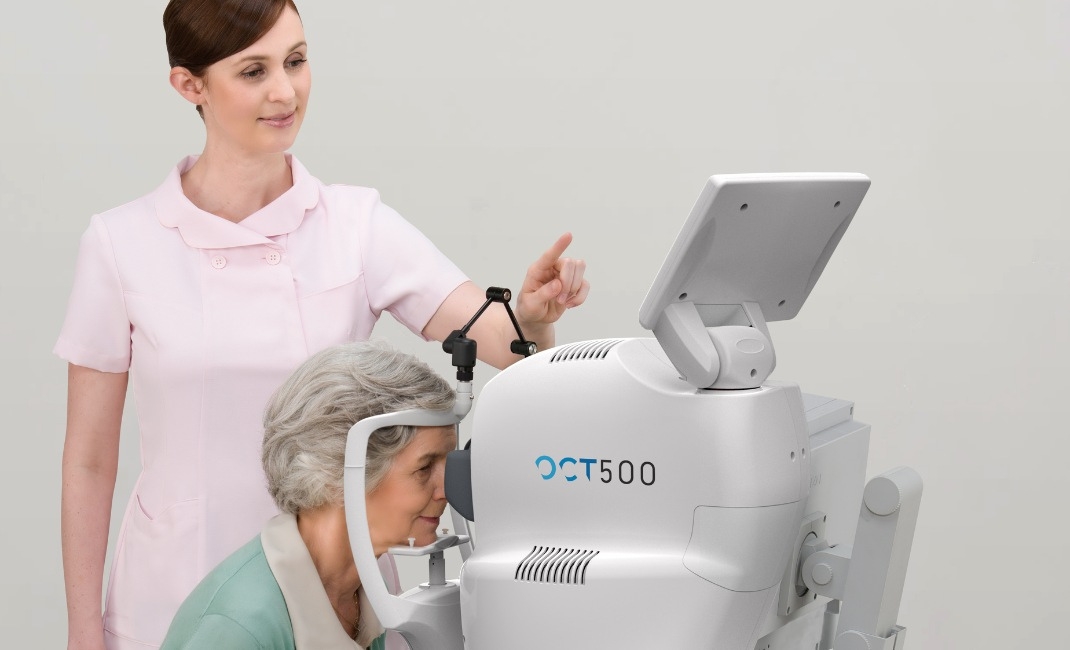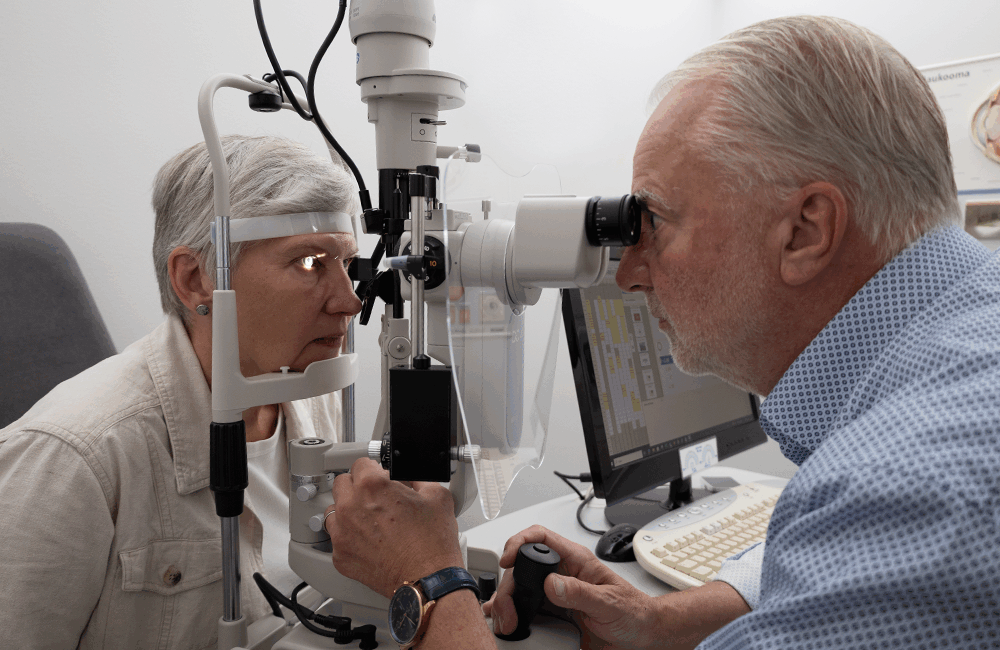
The challenges facing the wellbeing services counties require fresh thinking. The Finnish Association of Vision and Eyecare proposes four sets of actions to address the challenges of the eye health care in Finland. The regional election will take place in April 2025 and future regional council leaders will play a key role in addressing these challenges.
Many wellbeing services counties are in financial distress. Something must be done in the next electoral term 2025–2029 to ensure services without increasing costs. We need new solutions that improve operations. Only then can we improve access to high-quality and timely care for our ageing population.
Panu Tast, CEO of The Finnish Association of Vision and Eyecare, sees the basic problem as stemming from the fact that the wellbeing services counties inherited a heavy legacy from the world of hospitals and municipalities.
“It is time to take advantage of the opportunities offered by the healthcare and social welfare reform and ensure high-quality, timely eye health care for all Finns. Current practices are a legacy of old structures. The past is the past, now we need to look forward and look at service productivity in a new way,” says Tast.
The Finnish Association of Vision and Eyecare proposes four sets of measures to address the challenges facing the wellbeing services counties:
1. Reducing costs and separating organisation from delivery
The Act on organising the Wellbeing Services will allow the public sector to focus on the organisation of services. It will not have to provide all services itself but could use the resources of both public and private service providers in a planned way, right from the beginning of the care pathway. According to Mr Tast, no wellbeing services county has yet fully exploited this opportunity.
In many eye care services, the private sector is able to provide services at lower costs than the public sector. The choice of provider should be based on uniform cost accounting.
“Regional councils need to know the costs of their own production. If you don’t know what things cost, it’s damn difficult to monitor and improve productivity. Now is the time to introduce this option laid down in the law.”
2. Strategic partnership between companies and the third sector
Services should always be provided where it is the most cost-effective – whether by public, private or by third sector operators.
“There should be a plan to involve businesses and organisations alongside public production, especially where in-house capacity is insufficient or where market-based production is a cheaper option. This will lead to sustainable solutions. Our starting point is not that companies should be allowed to provide services. We are calling for the most rational option for taxpayers to produce services,” said Mr Tast.
3. Regular and open cooperation with regional operators
The Finnish Association of Vision and Eyecare proposes that the strategy for the wellbeing services counties should include an entry on the development of service markets and the use of multi-producer services.
The county can use procurement to boost regional vitality. This requires a regular and open dialogue with the business sector.
“Effective cooperation can only be achieved if there is regular dialogue with businesses and stakeholders. I believe this will give the wellbeing services counties ideas on how best to deliver services. I want to encourage those aspiring to a seat on a regional council to seize the opportunities on offer!” said Mr Tast.
Mr Tast stresses that decision-making must take into account the impact of procurement on local businesses and the competitiveness of the region.
“If procurement is done smartly, the wellbeing services counties can create a virtuous circle. Setting up big procurement organisations weakens the vitality of a county because smaller businesses are excluded from the competition. Our message to future decision-makers is that using the services of regional companies can ensure access to both vision care and other services without increasing costs for the wellbeing services counties.”
4. Using optics stores for eye care services
In the last electoral term, a large number of the wellbeing services counties introduced the services of opticians for school children’s eye examinations. This has freed up public eye care resources for other purposes, speeding up access to examinations and reducing waiting times. This model can be replicated in areas such as glaucoma screening, pre- and post-operative cataract examinations, and eye health care needs assessment in the wellbeing service centres.
“Optics stores have the expertise and capacity to provide a wide range of eye health services to the wellbeing services counties,” says Mr Tast.
For more information, please contact:
Mr Panu Tast,
CEO, The Finnish Association of Vision and Eyecare
Mobile: +358 40 542 2227, panu.tast@naery.fi


